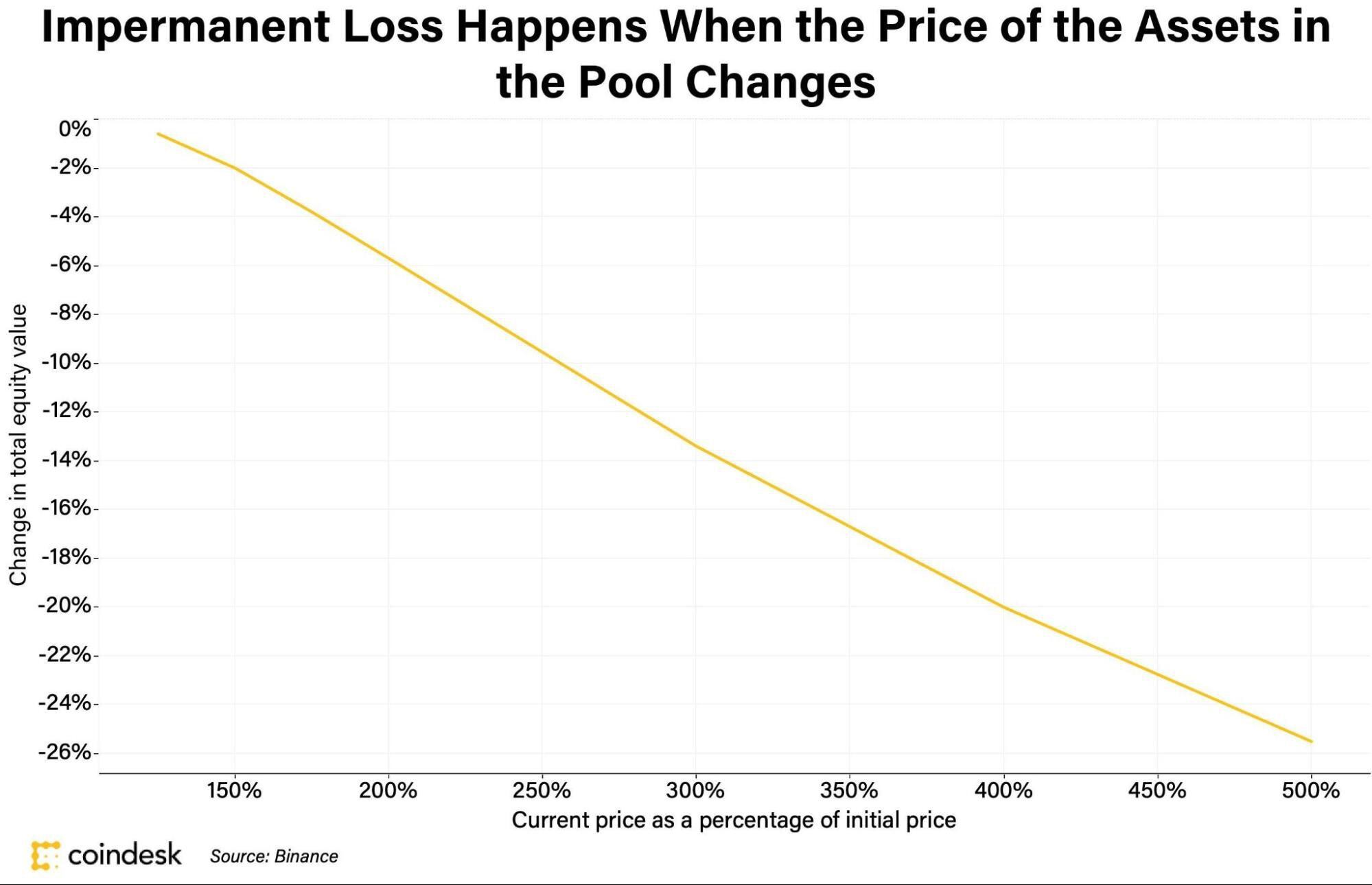As with most things in the financial world, when something promises extremely high rates of return there’s usually a catch. DeFi lending is no exce
As with most things in the financial world, when something promises extremely high rates of return there’s usually a catch. DeFi lending is no exception.
To put it simply, DeFi, shorthand for decentralized finance, is an ecosystem of blockchain-based applications that offer a range of financial services similar to those provided by traditional banks, insurance brokers, and other financial intermediaries. The main difference being, these decentralized applications, known as dapps, run autonomously without any third party acting in the middle. That’s because each dapp is powered by a smart contract – a special computer program that automatically performs a function when certain predefined conditions are met.
Crypto lending is just one type of traditional financial service that is now accessible through these peer-to-peer operated dapps. Similar to depositing funds into a savings account to receive interest payments, crypto investors can now lock up their funds or use them to provide liquidity across a range of decentralized platforms and receive regular interest payments.
Many of the interest rates offered on these dapps are significantly greater than anything currently available in the traditional financial space, making it a highly attractive passive income stream for crypto holders. But before lending any assets, there are a number of associated risks everyone should be made aware of.
Impermanent loss
When you commit your assets to a liquidity pool, you risk something known as “impermanent loss.”
Impermanent loss is when the price of assets locked up in a liquidity pool changes after being deposited and creates an unrealized loss (in dollar terms) versus if the liquidity provider had simply held the assets in a crypto wallet.
The change occurs for two reasons and has to do with the Automated Market Maker system DeFi liquidity pools use.
- DeFi pools maintain a ratio of assets in the pool. For example, an ETH/LINK pool might fix the ratio of ether and link tokens in the pool at 1:50 (respectively). Meaning anyone wishing to provide liquidity would have to deposit both ether and link into the pool at that ratio.
- DeFi pools rely on arbitrage traders to align pool asset prices with the current market value, i.e., if the market price of link is $35 but the value of link in an ETH/LINK pool is $34.50, arbitrage traders will spot the discrepancy and be financially incentivized to add ETH to the pool and remove the discounted LINK.
When arbitrage traders flood the pool with one token in order to remove the discounted token – in this example, adding ether to take out link – the ratio of coins changes. In order to regain balance, the liquidity pool automatically increases the price of the token in higher supply (link) and reduces the price of the token in lower supply (ether) to encourage arbitrage traders to rebalance the pool.
Once the pool rebalances, the rise in the value of the liquidity pool is often less than the value of the assets if held by the lending protocol. That’s an impermanent loss.

Here’s a summary of the graph’s data and the relationship between price change and percentage loss:
- 1.25x price change = 0.6% loss
- 1.50x price change = 2.0% loss
- 1.75x price change = 3.8% loss
- 2x price change = 5.7% loss
- 3x price change = 13.4% loss
- 4x price change = 20.0% loss
- 5x price change = 25.5% loss
In defense of these protocols, liquidity providers (LPs) are rewarded with a proportionate amount of trading fees for adding assets to the pool, which can often offset impermanent losses. Uniswap, for example, charges a flat trading fee of 0.3% which is distributed to LPs.
Top tip: The best way to mitigate impermanent losses is to provide liquidity to pools containing less volatile assets such as stablecoins.
Impermanent loss shouldn’t be something that scares you away from the DeFi space, but rather a calculated risk to understand before lending your assets.
Flash loan attacks
Flash loans are a type of uncollateralized lending unique to the DeFi space. In the traditional, centralized model of banking, there are two types of loans:
- Unsecured loans: These require no collateral because they are typically smaller amounts of money, think a few thousand dollars.
- Secured loans: These are larger and require collateral like a property, car, investment, etc. Throughout the entire loan process, banks have tools to assess the credibility of clients, like credit scores, reports, and so on.
Flash loans are a type of unsecured loan that uses smart contracts to mitigate all the risks associated with traditional banking. The concept is simple: A borrower can receive hundreds of thousands of dollars in crypto assets without putting up any collateral but the catch is they have to pay the full amount back within the same transaction it was sent (usually a few seconds).
If the loan isn’t paid back, the lender can simply roll back the transaction, like it never happened. Because there’s zero risk involved in issuing these types of loans,…
www.coindesk.com
